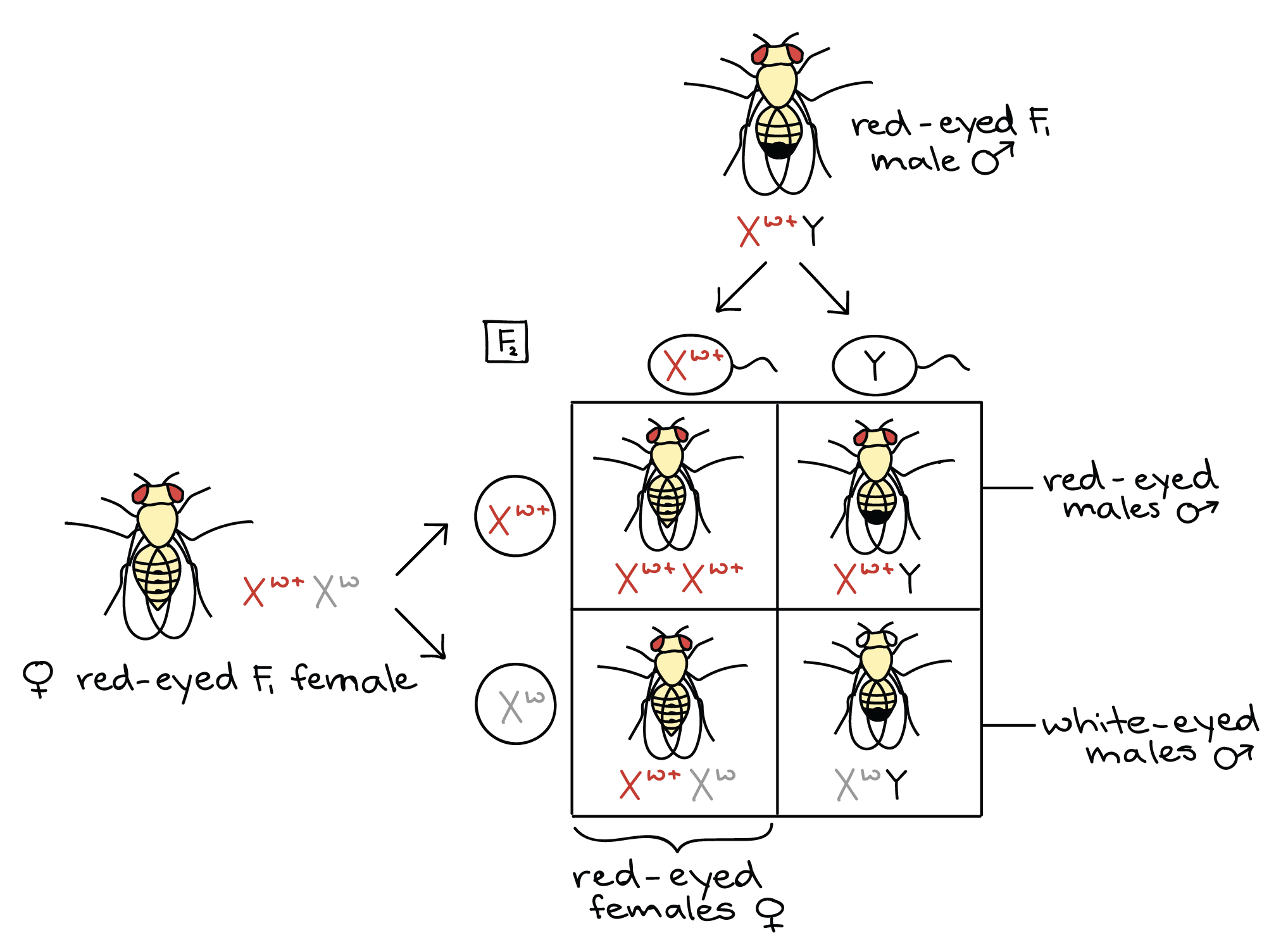1- Code Production:
Inspiration Behind the Project: Aside from this project being an assignment, I was inspired to implement this virtual orchestra using the skills learned in class from this an old new article from 2008 on the world’s first virtual online collaborative orchestra that allowed musicians all over youtube to collaborate and create a musical masterpiece. I found it particularly interesting, because when I think of such technological advancements, interactivity and collaborations I associate them to more recent projects, however this project was initiated back in 2008!

https://googleblog.blogspot.com/2008/12/calling-all-musicians-join-youtubes.html
Brief Description: In this program, I created a walker that has a 50% chance of the it’s patterns being drawn based on the location in which the user hovers the mouse, and the other 50% chance is simply based on the basic uniform randomness of the walker. (Shown in code below)
Alongside this movement, I also implemented an orchestra like user interaction by including an audio file that plays based on where the user hovers over the screen. Instead of using just shapes, I used an orchestra man instead of the circle, and an orchestra background for better visualization.
let r = random();
if (r < 0.5) { //Here we have created a 50% chance of the walker's patterns being drawn based on the location in which the user hovers the mouse
this.x=mouseX;
this.y= mouseY
} else {
let choice = floor(random(4)); // and for the other 50% chance the walker continues to move randomly by taking a random number from 1 to 4 and ensuring its an integer value
if (choice === 0) {
this.x+=20; //note that I used plus 20 so the random movement can be more obvious
} else if (choice == 1) {
this.x+=20;
} else if (choice == 2) {
this.y+=20;
} else {
this.y+=20;
}
}
https://editor.p5js.org/ea2749/full/_LsBNgndx
2- Response Paper:
In the first chapter of the book Computational Beauty of Nature, author Gary William Flake begins by delving into the concept of looking at the universe through reductionism and how it is a concept that is definitely applied to various fields of sciences. However soon after setting the definition of reductionism and providing examples, Flake goes on to argue that at some point reductionism must stop for science to advance. This reminded me of a biology topic we had discussed in one of our classes. Scientist’s Gregor Mendel and Thomas Hunt Morgan research had more of a reductionist and gene-centric view studies on inheritance of traits in fruit-flies, which led to many discoveries however at some point became problematic because over complex view of inheritance allowed for scientists to ignore the interactions between genes, proteins, and environmental factors.

An example Flake mentioned that really stood out to me was the Psychologists use certain computer simulations to better analyze cognitive models of the brain. Flake includes other examples as cited: “Physicists study the flow of plasma and the annealing of metals. Economists have modeled various types of economies,”. What would have been better perhaps is of Flake further delved into at least one of applications of computer stimulations, rather than just listing them, this slightly weakens his argument, especially since he mentions that his book’s focus is primarily on computational topics. In fact due to the vagueness of his examples, I began to wonder whether the use of computer simulations can lead to flaws in cognitive models or any scientific model in general?
